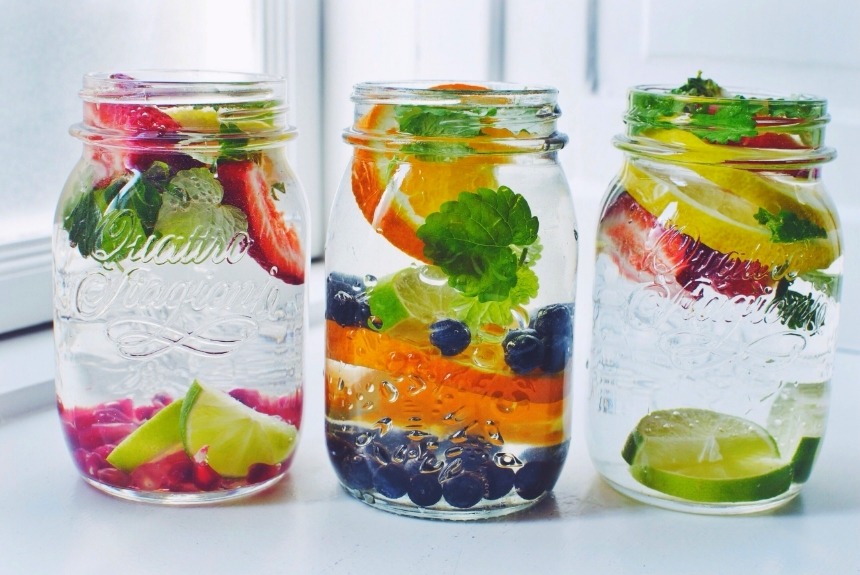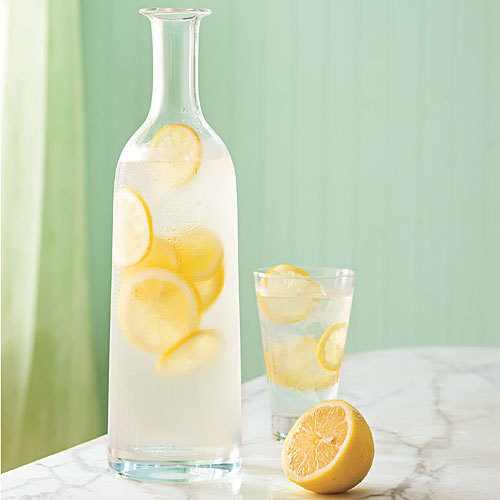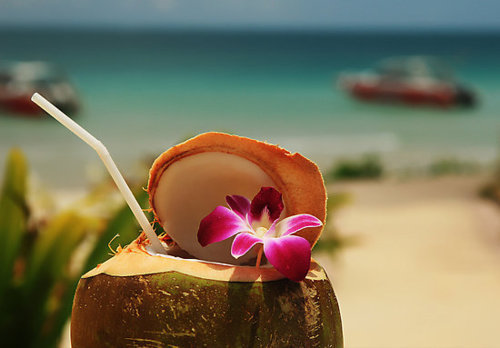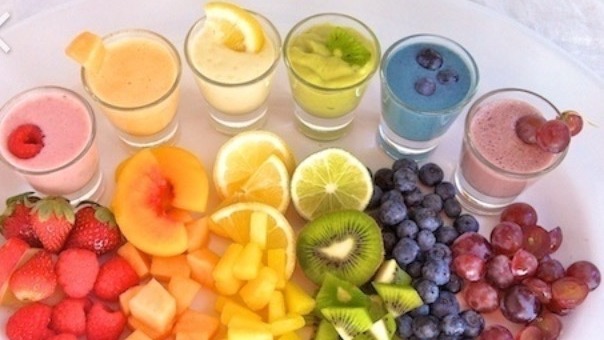UNITED STATES—I know I don’t drink enough water. Some of my friends track the amount of water they consume every day, making sure to keep a bottle handy at all times. They take sips regularly and try to drink a specific amount by a certain time. On the contrary, I only turn to water during meals, or if the weather is especially hot and my throat is parched. If the food I’m eating is particularly spicy or salty, I guzzle entire glasses at a time. But throughout the rest of the day, coffee is my beverage of choice. Purposefully drinking water is one habit that never caught on.
It shows, of course. My naturally dry skin appears duller than usual. My energy wanes over the course of a day, even with my trusty caffeine. Occasionally, I get throbbing headaches, with unrelenting pressure that slowly builds in my temples . I get it; I need to incorporate more water into my daily routine.
According to research, the average adult body is about 55 to 60 percent water. It acts as the building block of our bodies and regulates our internal body temperature through perspiration and respiration. Water helps us metabolize and digest carbohydrates and proteins, transporting them in the bloodstream. It also helps create saliva, which is helpful in swallowing food. Research indicates that water assists in flushing waste from the system through urination; acts as a shock absorber for the brain, spinal cord, and different organs; and lubricates joints.
We’ve all heard, at some point or another, that we should drink about eight glasses of water a day. While the number varies according to height, weight, and age, the intent behind this recommendation still applies: we do need to stay hydrated. With the summer heat still going strong, it’s more important than ever.
Water tastes like water; there is no getting around that. And while there is nothing quite like sipping an ice-cold, frosted glass of water on a scorching day, I’m all for variety—little perks to brighten my routine. Which brings me to the question: what other options do we have to stay hydrated?
Infused Water
Here, we have the best of both worlds: the many benefits of water, paired with tantalizing combinations of fruits and herbs. Infused waters contain the flavors of fruit juices without the added sugar and artificial ingredients. These subtly flavored waters can easily be made in a pitcher or large Mason jar for multiple servings. These days, some pitchers even come with infusers, allowing the water to be free of floating fruit chunks or seeds.
Some refreshing combinations I’ve come across are cucumber and mint; watermelon and mint; strawberry, lemon, and basil; and grapefruit and rosemary. Berries are halved, while larger fruits are thinly sliced. They are added to the jar or pitcher with muddled herb leaves. After adding water, the concoctions are refrigerated for at least four hours. The longer the mixture sits, the more flavorful the water will be.
Coconut Water
I remember when cartons of coconut water first began emerging on store shelves, imprinted with images of beaches and palm trees. The taste took some getting used to, but the sweet, nutty flavor began to grow on me after the first few times. Then I discovered fresh young coconuts at the supermarket, and I was hooked.
The benefits of coconut water, the clear liquid found inside green coconuts, have long been praised. Coconut water is low in calories, free of cholesterol, and rich in nutrients such as potassium, which helps balance electrolytes in the body. Electrolytes are significant in maintaining blood volume and heart health and preventing dehydration. Coconut water has been used for IV hydration due to its electrolyte levels. Researchers believe it is also capable of lowering blood pressure, boosting energy, relieving muscle tension, and cleansing the body.
In recent years, maple and cactus waters have been touted as having similar benefits, but not enough information is currently available to support the claims.
Smoothies and Freshly Squeezed Juices
When I moved earlier this year, I received a blender and juicer as gifts and rediscovered how easy it is to make my own smoothies and juices. I find that they’re a great way to consume a variety of fruits and vegetables at once. For a delicious smoothie, frozen banana chunks can be tossed into the blender with all kinds of fruits, such as berries, apples, or oranges, and vegetables including spinach, kale, or carrots. Cucumbers, watermelon, and strawberries are made up of more than 90% water, making them both delicious and hydrating. Pineapples, peaches, and raspberries, which contain about 87% water by weight, are great choices for smoothies and juices as well.
Of course, any of these fruits and vegetables can be eaten whole, allowing them to maintain their nutrient levels. Tomatoes and green peppers, which have water contents of about 94 percent, can be sliced and eaten as convenient, hydrating snacks.
Milk
Yes, milk—what our mothers made us drink to strengthen our bones and help us grow. In a British study conducted at Loughborough University, researchers examined 13 different beverages, including milk, milk alternatives, and Powerade, and their hydrating effects on the body. Following the established glycemic index, the researchers implemented blood and urine tests to measure hydration and nutrient levels.
The study found that milk and milk alternatives help the body retain fluid, due to their balance of carbohydrates, proteins, and sodium. According to researchers, milk is retained in the body longer than other liquids, providing more hydration. I seldom drink milk now, but this study has me reconsidering.
Now that summer has truly set in, I think it’s time I put more effort into staying hydrated. I don’t know if I can give up my daily coffee, but I’m certainly willing to make infused water and smoothies more of a priority.










